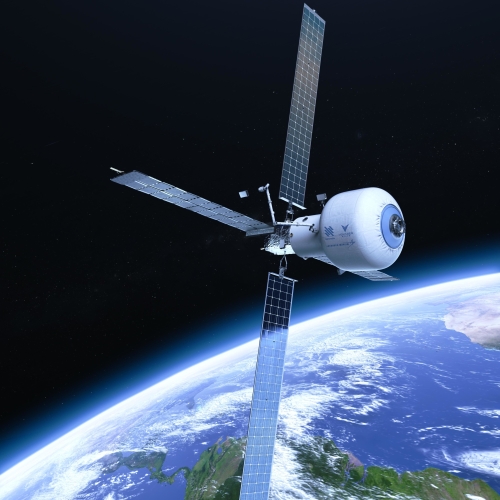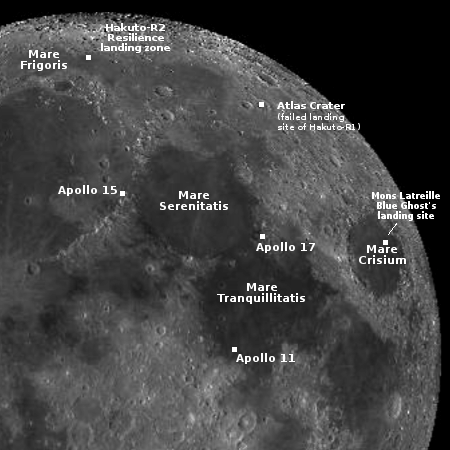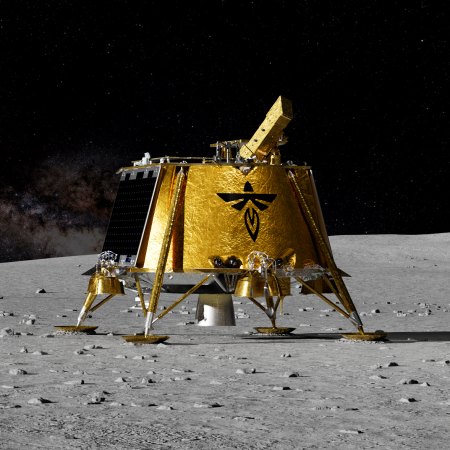ULA & Northrop Grumman complete static fire test of Vulcan strap-on booster
As part of its investigation into the loss of a strap-on booster nozzle during the second launch of ULA’s Vulcan rocket in October 2024, ULA and Northrop Grumman on February 13, 2025 successfully completed a static fire test of another strap-on booster.
The test was also apparently done in order to convince the Space Force to certify Vulcan for military launches. The Pentagon originally required Vulcan to complete two launches before certification, something that second launch achieved despite the loss of the nozzle. It has held off that certification however, insisting on more information into the nozzle loss.
The investigation has scrambled ULA’s planned launch schedule. The company had hoped after the second certification launch to fly two Space Force commercial launches before the end of 2024. Both launches were pushed back into 2025, so much so that ULA has been forced to de-stack a Vulcan rocket so it can instead do an Atlas-5 launch first, carrying the first set of Amazon’s Kuiper satellites.
Whether the results of this static fire test will satisfy the military is at present unknown. No details about the test were revealed, other than the companies were studying the results.
As part of its investigation into the loss of a strap-on booster nozzle during the second launch of ULA’s Vulcan rocket in October 2024, ULA and Northrop Grumman on February 13, 2025 successfully completed a static fire test of another strap-on booster.
The test was also apparently done in order to convince the Space Force to certify Vulcan for military launches. The Pentagon originally required Vulcan to complete two launches before certification, something that second launch achieved despite the loss of the nozzle. It has held off that certification however, insisting on more information into the nozzle loss.
The investigation has scrambled ULA’s planned launch schedule. The company had hoped after the second certification launch to fly two Space Force commercial launches before the end of 2024. Both launches were pushed back into 2025, so much so that ULA has been forced to de-stack a Vulcan rocket so it can instead do an Atlas-5 launch first, carrying the first set of Amazon’s Kuiper satellites.
Whether the results of this static fire test will satisfy the military is at present unknown. No details about the test were revealed, other than the companies were studying the results.









